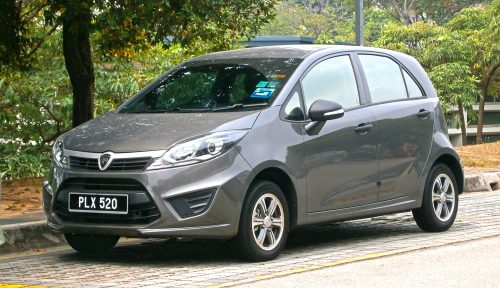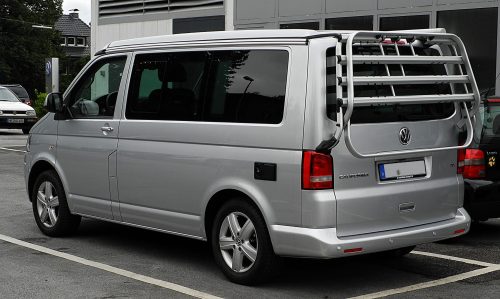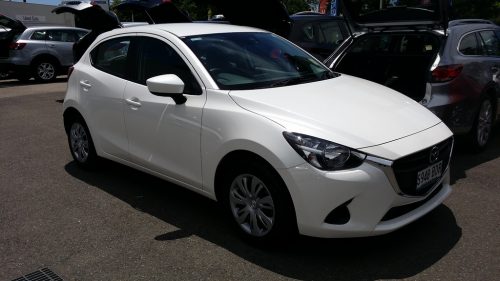Car Classifications: Explained

If I were to ask you what your dream car was, you likely already have an image in your head. For whatever reason, we find ourselves drawn to certain cars, mostly due to its aesthetics. We don’t often take into account function, though, which is a big mistake. If you’re a single person living by yourself, you’re not going to need a family hatchback, even if that’s the car of your dreams. And sure, if your budget isn’t constrained, who am I to stand in your way? Not everyone has that luxury, though, which is why buying the right car matters a great deal.
Since they’re such expensive purchases (likely second most only behind your home), it’s not a decision to be taken lightly. And there’s much more to cars than just how they look and how they perform. It’s about functionality under the right circumstances. Off-road vehicles may be the stuff of dreams, but is it really going to have a positive effect on your city commute to work? Most likely not, no.
Whether you’re somewhat of a novice when it comes to motors, or you fancy yourself a seasoned veteran; you stand to learn something from this. We’re going to review the most common classifications of cars and their purpose so that you know what to look out for next time you go shopping for an auto. Of course, circumstances change over time. The geography of your location will also go some way to determining your needs. By and large, though, this guide will at least point you in the right direction.
The Hatchback or ‘City Car’
You might have heard the humble hatchback referred to as a city car before, and that gives you some indication of its purpose. Hatchbacks are built for all-around performance for the regular Working Joe. If you’re a speed freak or a terrain junkie, prepare to cover your eyes in horror. There’s nothing flashy about the hatchback, but there doesn’t need to be. It’s designed to get you where you’re going with minimal fuss. They’re built to last, for efficiency, and for safety.
Okay, so the truth is that you aren’t going to turn any heads on the street cruising along in a Honda Civic, but do you really need to? If you don’t have any particular need in mind, this economy car is your best bet for regular traffic in regular weather conditions. It’s by far the most popular automobile choice on the market, mostly because there is no niche audience. The economy car is aimed at you, the regular working person.
That isn’t to say that things don’t get a little experimental from time to time, as proven by the likes of the Supermini or even Ultra Compact car.
The Family Hatchback
If you’ve got a family of your own, you’ll know all too well how important it is that you get as much help as possible. And that’s what the family car is designed to achieve – making your life easier. A natural progression from the hatchback, designed to be just a little bit bigger to accommodate more passengers. You have two choices when it comes to the family hatchback – the compact car or the mid-size.
Whichever way you lean, you’ll have room for at least five passengers. Generally speaking, you’re looking at engines between 1.5 and 2 litres. Though there is a family ‘muscle‘ car in existence, boasting an engine up to 6.5 litres. They come in a wide range of shapes and sizes, a few of them buzzwords that you’ve likely heard before. Estate car. Family sedan. Saloon. They’re not really all that important right now, though. We’ll get more into that a little later.
The family hatchback is one of the most common cars in the world, or at least in developed countries. They’re an increasingly popular choice for single people, thanks to their visually pleasing designs. This isn’t necessary, though, unless you suspect your circumstances will change in the near future and wish to plan ahead.
The Crossover SUV and The People Carrier
Ah, perhaps the most popular of all crossovers. This SUV is tailor-made for the driver that wants all of the benefits of such a car but doesn’t have any reason to necessitate such a purchase. They’re modelled on the incredibly popular off-road beasts you wish you could justify buying. The difference is, though, that this crossover isn’t designed for the same unforgiving terrain.
Next up is the people carrier. You might ask why I’m lumping these two together, and the answer is simple. They both fulfil similar purposes. The people carrier, in particular, can boast up to eight passengers. You aren’t likely to beat that unless you drive a van.
What are these good for, other than a display of dominance? Well, on the subject of functionality, they’re incredibly helpful for the disabled. But that’s not all they’re good for. With both of these cars, what you get more than anything is an abundance of space. That’s ideal if you’re going to be hauling large loads around. Check out autofoco.com for some examples of people carriers and crossover SUVs.
The Executive or ‘Luxury’ Car
You probably already know all about executive cars. You know, the ones that are way out of reach for the regular driver. These cars come in all shapes and sizes, and are really only comparable by their price tags. When it comes to executive car manufacturers, think of brands like Mercedes, Audi and BMW. The high-end market.
You can perhaps include the sports car in here too; only that is designed with a need for speed. Their main functions include fast acceleration and superior handling. Though you’ll never need them during regular driving, will you? Wink, nod.
Both the executive car and the sports car will set you back a fair whack. It you couldn’t possibly find a way to budget for them, don’t worry too much. For the most part, they’re all for show. Style over substance. You won’t need either of these cars unless you want to amplify your driving.





